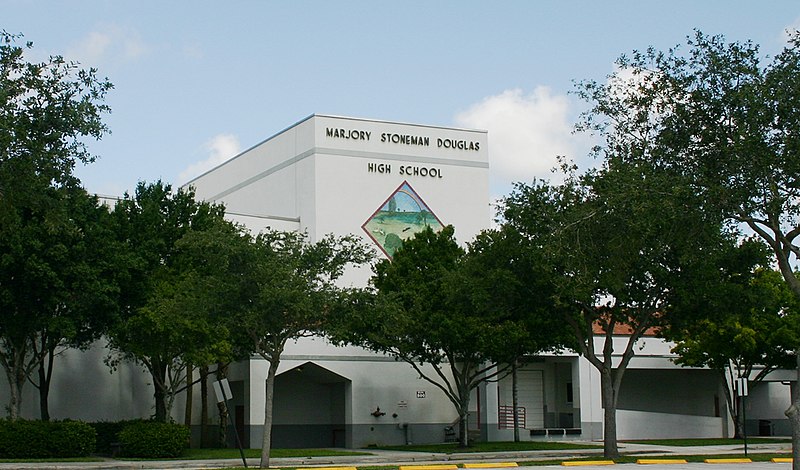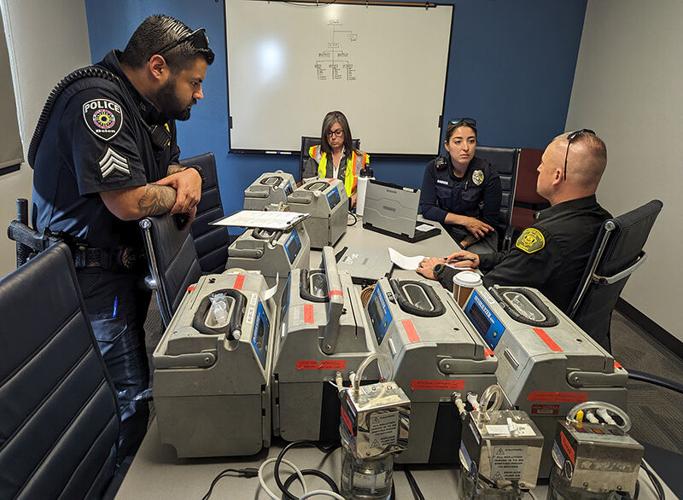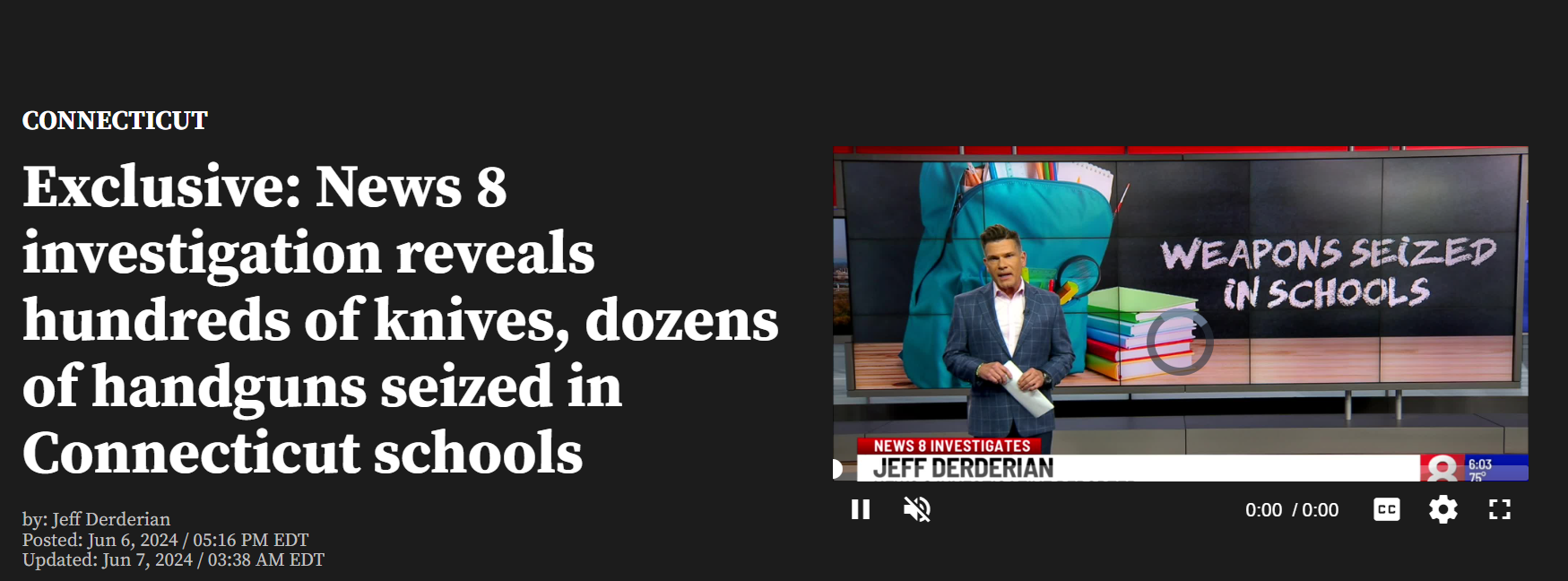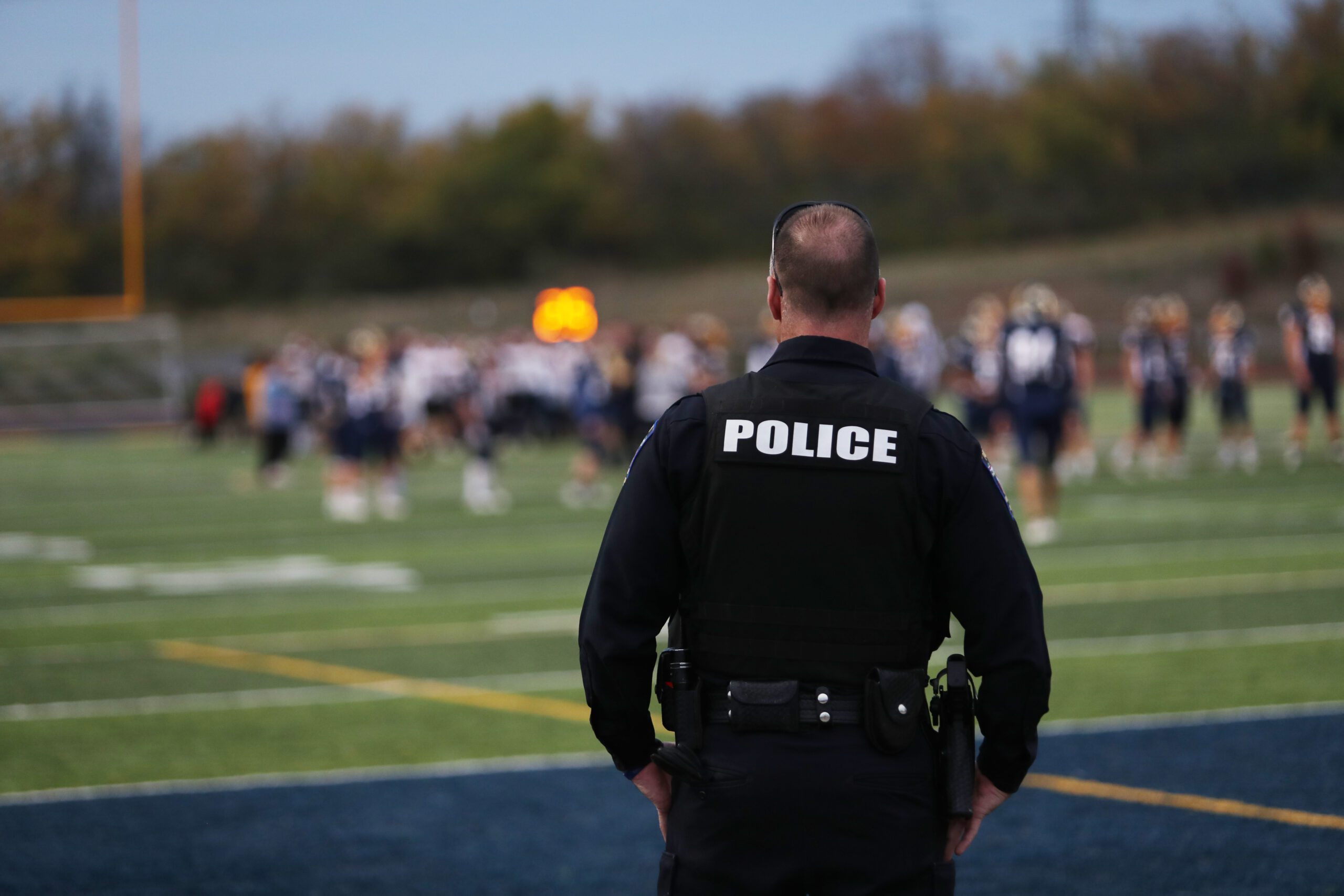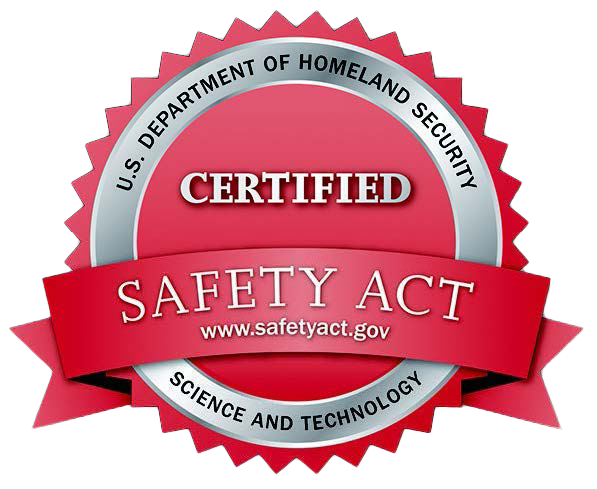Marjory Stoneman Douglas Final Report
Given the recent publication of the Marjory Stoneman Douglas High School Public Safety Commission’s final report, it is clear that school administrators and law enforcement officials continue to grapple with achieving levels of communication that enable them to respond to threats to the health and welfare of their faculty and student community. In the wake of the grave communication breakdowns described in the MSDPSC final report, a comprehensive all-hazards approach to communications between schools and law enforcement agencies must be the focus to achieve an effective response.
The incidence of active shooters and other man-made and natural disasters is unpredictable. When such tragedy occurs in an unprepared district, the effects devastate individuals, families and communities.
In school districts that demonstrate expedient response to and resolution of potentially tragic events and those whose performance in exercises demonstrates the ability to reach rapid resolution to emergency incidents, a framework exists to plan for and provide the needed information and communication for optimal situational awareness of responders. The establishment of school safety best practices must not be limited to discrete districts when the need exists across the country.
MSD Legislative Initiatives
Legislators often swing into action following high-profile school shootings, offering bill proposals to remedy the vulnerabilities identified during each attack. Few are passed into law, but Florida has made inroads. After the Parkland incident, Florida Governor Rick Scott signed the Marjory Stoneman Douglas High School Public Safety Act (Florida Senate Bill 7026) on March 9, 2018.
“Every student in Florida has a right to learn in a safe environment, and every parent has a right to send their kids to school knowing they will return safely at the end of the day,” Scott said during the signing. “Today I am signing bipartisan legislation that will help us achieve that.”
In terms of school safety mandates and appropriations, this law requires sworn law enforcement officers in every school and provides funding to help achieve this goal. Further, school resource officers must undergo crisis intervention training. The law also designates dollars for physical safety hardening features like metal detectors, bulletproof glass and steel door locks. In addition, the law provides for financial support of mental health initiatives and tightens gun control in the state.
For the full whitepaper, please email bclay@mutualink.net
